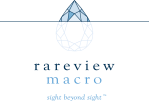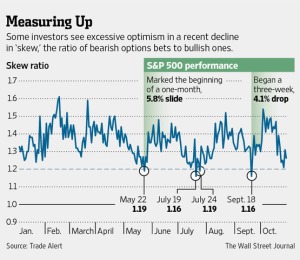Courtesy of Katie Spence
R obots take over ETFs
obots take over ETFs
Right now, Robo-Stox is the only ETF that’s focused solely on robotics and automation-related companies. And while you do have to pay a management fee, it’s currently priced at 0.95%, which basically means you’ll pay $9.50 a year for every $1,000 invested. Plus, while the fund has been around since only late October, Frank Tobe, co-founder of Robo-Stox recently told The Motley Fool that Robo-Stox currently has almost $28 million in assets invested in “77 companies in accordance with a weighting and set of selection criteria” — that’s pretty impressive given how long the fund has been in operation.
Perhaps the best part of this fund? As Blake Bos, the Fool’s industrials analyst, pointed out, Robo-Stox gives investors access to companies that are not on American exchanges, but are some of the biggest names in robotics. This includes, but is not limited to, Yaskawa Electric, Fanuc, and Kuka.
The robotics revolution
Robots aren’t going away. In fact, as technology progresses, they could become as commonplace as today’s cell phones. Indeed, Leila Takayama, a researcher at Willow Garage, a robotics company that builds hardware and open-source software, says that she hopes robots become “unremarkable” in society, and that “they’re just so useful, just so faded into the background that we don’t notice that they’re there all the time.”
That could either be great, or it could be disastrous. But one thing’s certain: If you invest in the right robotics company, you could make a significant return on your investment as robots become more popular. However, if you’d rather mitigate the risk of investing in a single company, an ETF like Robo-Stox could be a great way to spread your investment over a wide range of companies. That way, if robots steal your job, hopefully you’ll have a lucrative investment to fall back on.
Robot Rings the NASDAQ Bell

 Take-away from (2) news articles today profiling proliferation of algorithmic trading strategies: The buyside “gets it”, but they don’t want it..
Take-away from (2) news articles today profiling proliferation of algorithmic trading strategies: The buyside “gets it”, but they don’t want it..

 Courtesy of Wall Street Letter reporter Sean Creamer
Courtesy of Wall Street Letter reporter Sean Creamer
 Excerpt from Nov 22 edition of Rareview Macro’s “Sight Beyond Sight” morning commentary; courtesy of macro market trading expert Neil Azous..
Excerpt from Nov 22 edition of Rareview Macro’s “Sight Beyond Sight” morning commentary; courtesy of macro market trading expert Neil Azous..





